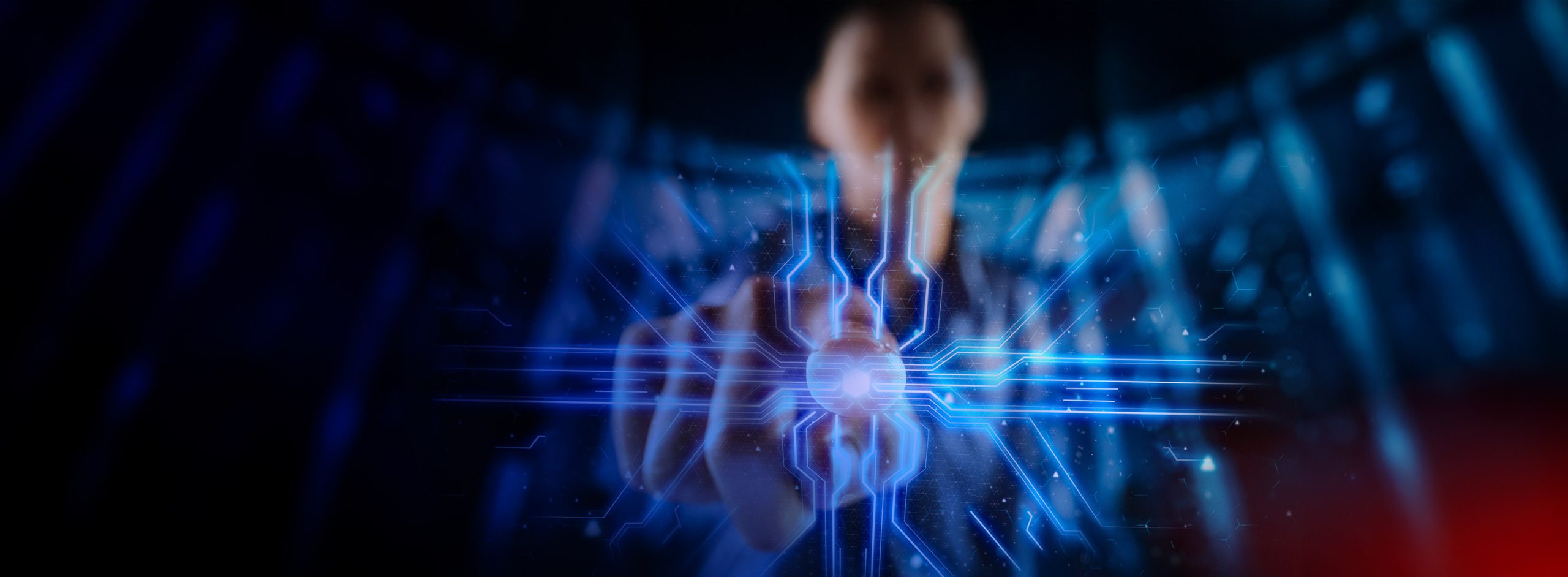The previous articles in this series discussed the challenges of transforming an organization to be more lean, agile and SAFe®, and how to choose tools to support that transformation. This article discusses the specific capabilities of IBM® Rational Team Concert™ (RTC), the planning and tracking tool in the IBM Rational® Collaborative Lifecycle Management (CLM) solution, that supports agile and lean teams.
Kanban/Work boards
The image above shows both a real whiteboard with sticky notes and a Rational Team Concert (RTC) Quick Planner work board, which is an electronic whiteboard with electronic sticky notes. Similar to a physical board, you can use Quick Planner for these actions:
- Assign story points
- Place plan items in a ranked order
- Move plan items between columns
- Add or change information (such as the item owner)
Using Quick Planner instead of a physical board has these benefits:
- Sharing: You can share the board across distributed teams (because, let’s face it, having everyone co-located is not always possible).
- Drill-down: Sometimes you need more than a single sentence. With one click, you can navigate to a detailed description, and link to related tasks, test cases, higher-level requirements, and builds.
- History: As work changes, you may need to know what happened and why. History, snapshots, and reports provide information that a physical whiteboard can’t.
- Multiple views: A Quick Planner work board can be a Kanban board, as shown above, which shows the state of work in progress. But, it can also provide other views of the same work. For example, you can have another working board where the columns are people and use it to assign work. You can have a work board for reviews, and use the work board to initiate and complete reviews. Each board provides a different view of the underlying work. A single physical board can’t do this.
Scrum/Plan boards
If your team follows Scrum or a similar iterative approach, you can use a Quick Planner plan board to plan the work. During Sprint planning, you can view the product and release backlogs in ranked order and, as you plan the work, commit work items to the current or a subsequent iteration.
Progress and tracking
RTC dashboards provide up-to-the-minute views of progress, including burn down and burn up charts, team velocity, and so on.
Why RTC?

The differentiating value of RTC is that it goes beyond the basic needs of agile and lean teams. RTC allows teams to collaborate with each other across the organization at all phases of the development lifecycle. As part of the CLM solution, RTC links to requirements in IBM Rational DOORS® Next Generation and to test artifacts in IBM Rational Quality Manager. CLM also supports open integrations with other tools, which provides a fully integrated experience. We’ll elaborate on this in the next article in this series, which is about scaling agile, and support for the Scaled Agile Framework® (SAFe®).
Summary
IBM Rational Team Concert and the IBM Collaborative Lifecycle Management solution were developed specifically to support agile and lean teams, and scale to support the needs of large distributed organizations.
For more information, see these resources:
- Preview CLM
- Persistent’s CE-CLM services
- Get help from Persistent
About Persistent Systems
Persistent Systems is the IBM partner that develops the CLM tools. We provide expert consultants that assist in agile and SAFe transformations and can help you customize your process and tools to fit your organization’s needs.











